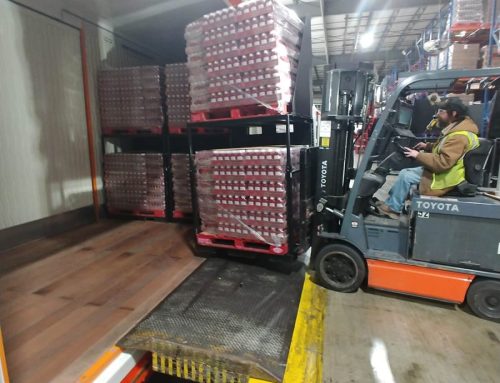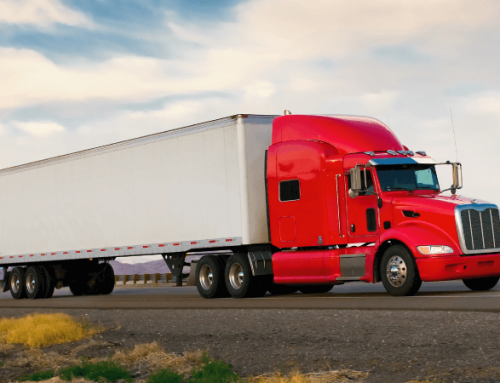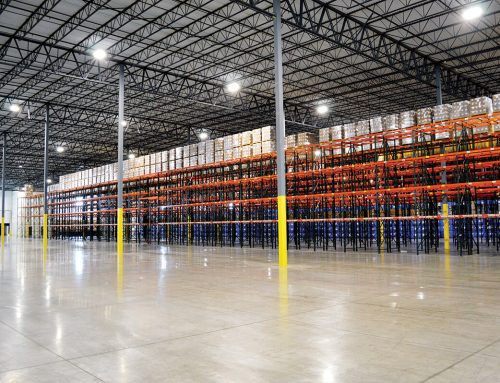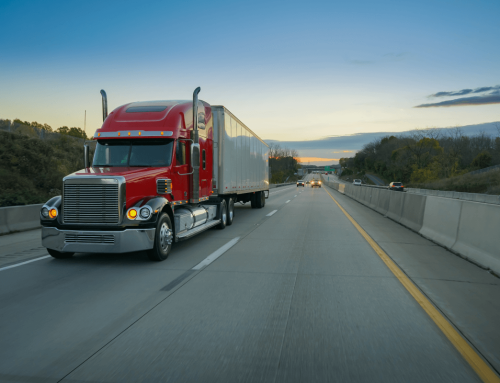The logistics industry is transforming as technology advances and consumer expectations evolve. From using artificial intelligence to adopting sustainable practices, businesses must keep up with these changes. Across the board, companies are streamlining processes, boosting efficiency, and enhancing overall productivity. These logistics trends are reshaping the future of and presenting new opportunities for businesses in an ever-changing environment.
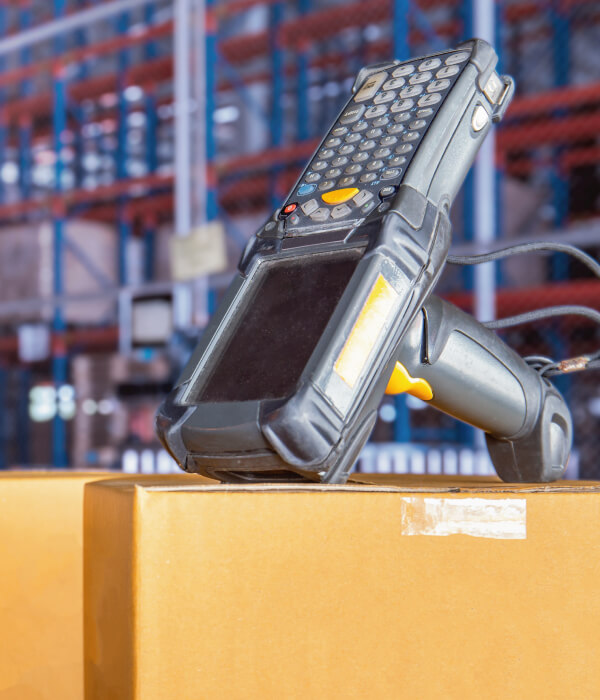
Digital Transformation
Digitalization
To increase efficiency, businesses are adopting paperless documentation, electronic invoicing, and digital freight platforms. Digitalizing manual processes allows 3PLs to enhance visibility and collaboration, promoting transparency throughout the supply chain. This digital transformation supports better decision-making and responsiveness to evolving market demands.
Cloud Computing
Cloud computing provides scalable and cost-effective solutions for storing and processing data, enabling remote connectivity and collaboration. This flexible IT infrastructure helps companies streamline operations, enhance efficiency, and cut costs. Logistics companies can store, manage, and analyze large volumes of data in real time using cloud-based platforms.
Automation
Artificial Intelligence
AI-powered algorithms are transforming logistics by analyzing data, predicting demand, and optimizing inventory. These algorithms, fueled by machine learning, improve route planning, forecast demand, and enhance inventory management, revolutionizing the industry.
Robotics
Autonomous robots are changing the game across warehouses and distribution centers by taking on tasks like picking, packing, sorting, and managing inventory. These robots can team up with human workers and accurately handle repetitive jobs. They also reduce labor costs and boost productivity while minimizing errors and improving safety.
Internet of Things (IoT)
IoT technology offers unparalleled visibility, efficiency, and connectivity in the supply chain. With interconnected sensors and devices, businesses can access real-time asset status and location data during transportation. This tracking ability helps improve route planning, reduce delays, and address potential issues proactively.
Enhanced Data
Blockchain Technology
Blockchain technology simplifies the tracking of orders from start to finish, ensuring product authenticity and integrity across the supply chain. It streamlines paperwork and builds trust among stakeholders, enhancing transparency and reliability. It also offers real-time visibility into goods movement, reducing fraud risks and errors while boosting confidence among all parties involved.
Data Mining
Logistics companies use data mining to discover hidden patterns, trends, and connections in their data. These insights help them make informed decisions, improve operations, and boost efficiency across the supply chain. By analyzing data, logistics professionals can streamline processes and continuously enhance performance. This includes predicting demand, managing inventory better, planning routes more efficiently, and cutting down on transportation expenses.
Customer-centric Logistics
Customer-centric logistics places the customer at the forefront of supply chain operations, focusing on understanding and meeting their unique needs and preferences. Key aspects include personalized services, real-time tracking, responsive communication, flexibility, proactive problem resolution, and continuous improvement. Overall, the goal is to enhance the customer experience by prioritizing their satisfaction throughout the supply chain journey.
Sustainability Initiatives
Green Logistics
More companies are focusing on environmentally friendly logistics practices like green transportation, renewable energy, and circular economy initiatives. Due to growing awareness of environmental issues, sustainability is now a key concern for logistics firms. They're using eco-friendly packaging and optimizing transportation routes to cut carbon emissions, aiming to reduce their environmental impact and meet consumer demands.
Drone Delivery
Using drones for delivery can significantly lessen a company's carbon footprint compared to traditional methods that rely on fossil fuel-powered vehicles. Drones produce zero emissions during operation, contributing to cleaner air quality. They also have the potential to optimize delivery routes, minimizing the distance traveled.
At Axis Warehouse, we're committed to staying ahead of the curve with the latest trends in the logistics industry. As the industry changes, staying updated and embracing new technologies and practices is crucial. By embracing emerging logistics trends, we ensure that we can meet the evolving needs of our customers. We're committed to adapting to new challenges and opportunities as we continuously improve our services.

